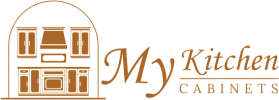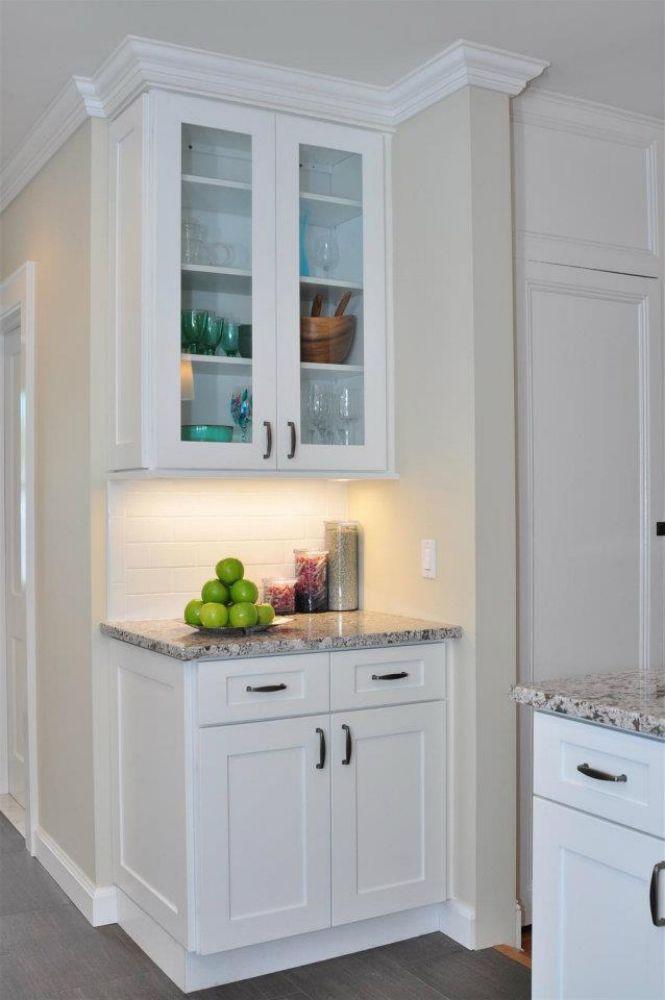Introduction to Installing Forevermark Kitchen Cabinets
Forevermark kitchen cabinets are popular among homeowners because of their durability, affordability, and timeless designs like the Ice White Shaker or Gramercy White collections. Whether you’re remodeling your kitchen or installing cabinets in a new home, having the right tools is essential for a successful installation. Installing kitchen cabinets requires precision, proper alignment, and attention to detail, which means preparation is just as important as execution. In this article, we’ll walk through the essential tools you need to install Forevermark kitchen cabinets, why each tool is important, and how to use them effectively.
Measuring and Marking Tools
Accurate measurements are the foundation of any successful cabinet installation. Before fastening a single cabinet to the wall, you’ll need tools that ensure everything is properly aligned. Key measuring tools include:
-
Tape Measure – To measure wall space, cabinet dimensions, and clearances.
-
Carpenter’s Pencil – For marking layout lines on walls and floors.
-
Level – A 4-foot level is best for ensuring cabinets are plumb and square.
-
Chalk Line – For marking long, straight reference lines across walls.
-
Framing Square – Helps verify corners and cabinet edges are at true 90-degree angles.
Using these tools correctly prevents one of the most common installation mistakes—crooked or uneven cabinets.
Fastening and Securing Tools
Once cabinets are positioned, they must be securely fastened to the wall studs. For this step, the right fastening tools are critical:
-
Power Drill/Driver – Speeds up the process of driving screws into wall studs.
-
Impact Driver – Provides extra torque for harder wood or dense materials.
-
Wood Screws – High-quality cabinet screws are required to ensure strong mounting.
-
Clamps – Used to hold cabinets together when aligning multiple units side by side.
-
Stud Finder – Essential for locating wall studs to anchor cabinets securely.
These fastening tools ensure that the cabinets not only look good but also remain structurally sound over years of use.
Cutting and Adjustment Tools
Occasionally, slight adjustments are necessary to ensure cabinets fit perfectly into your space. For example, you may need to cut filler strips, trim pieces, or modify openings. Tools in this category include:
-
Circular Saw – For cutting plywood or filler panels to size.
-
Jigsaw – Useful for cutting out irregular shapes, like pipe openings.
-
Handsaw – A good backup tool for smaller adjustments.
-
Utility Knife – Handy for scoring trim pieces or making fine adjustments.
-
Chisels – For shaving wood or creating notches.
These tools give you the flexibility to make custom adjustments during installation.
Tools for Aligning Cabinets Properly
Alignment is one of the most important steps when installing Forevermark kitchen cabinets. Cabinets that are even slightly off can cause doors and drawers to function poorly. Tools for alignment include:
-
Shims – Thin wooden wedges used to adjust cabinet height or depth.
-
Laser Level – Provides precise reference lines across the wall for accurate cabinet placement.
-
Plumb Bob – A traditional tool for checking vertical alignment.
-
Straightedge – Helps ensure cabinet faces line up evenly.
Correct alignment prevents long-term issues like sagging or misaligned doors.
Safety Tools for Cabinet Installation
Cabinet installation involves power tools, heavy lifting, and sharp materials. Safety should always be a priority. Recommended safety tools include:
-
Safety Glasses – Protect your eyes from flying debris when drilling or cutting.
-
Work Gloves – Prevent cuts and splinters when handling wood and tools.
-
Dust Mask/Respirator – Protects your lungs when cutting wood or sanding.
-
Knee Pads – Helpful when working near the floor during base cabinet installation.
-
Ear Protection – Recommended when using loud power tools.
These items keep you safe and make the process more comfortable.
Specialty Tools for a Professional Finish
Beyond the basics, there are specialty tools that can help you achieve a polished, professional-looking finish. While not absolutely necessary, they can make the job easier:
-
Cabinet Jack or Lift – Helps hold upper cabinets in place while fastening.
-
Right-Angle Drill Attachment – Useful in tight spaces where a regular drill won’t fit.
-
Router – For custom edge finishes or adjustments.
-
Cabinet Hardware Jig – Ensures consistent placement of knobs and pulls.
Using these specialty tools reduces frustration and improves the final outcome.
Preparing Your Workspace for Installation
Before starting the installation, it’s important to prepare your workspace and ensure you have everything on hand. This includes:
-
Clearing the area of obstacles.
-
Checking the condition of walls and floors.
-
Having all tools organized and within reach.
-
Ensuring you have enough lighting.
Preparation minimizes mistakes and keeps the installation process efficient.
Common Mistakes When Installing Cabinets Without the Right Tools
Many homeowners attempt DIY cabinet installations without investing in the proper tools. This can lead to problems such as:
-
Cabinets not being level or plumb.
-
Weak fastening causing cabinets to sag.
-
Misaligned doors and drawers.
-
Visible gaps between cabinets or walls.
-
Potential safety hazards due to improper anchoring.
Having the right tools on hand eliminates these risks and ensures your Forevermark cabinets look and perform as intended.
When to Consider Professional Installation Instead
While Forevermark cabinets are designed with ease of installation in mind, not every homeowner feels confident with the process. If you lack the right tools or experience, hiring a professional installer might be the better option. Professionals already own the necessary tools and have the expertise to ensure your cabinets are properly secured, aligned, and finished. This may save time and reduce the stress of potential errors.
Conclusion
Installing Forevermark kitchen cabinets is a rewarding project, but it requires the right set of tools for success. From measuring and marking tools like tape measures and levels to fastening equipment such as drills, screws, and clamps, each tool plays an important role in ensuring precision and durability. Safety gear, specialty tools, and proper workspace preparation further enhance the installation process. While many homeowners can tackle the project as a DIY effort, others may prefer to rely on professionals for a flawless finish. Ultimately, having the proper tools not only makes the job easier but also ensures that your Forevermark cabinets will serve your kitchen beautifully for years to come.
Read: Are Forevermark Kitchen Cabinets Made In The USA?
Read: Do Forevermark Kitchen Cabinets Come With Installation Instructions?
Frequently Asked Questions
Q1: Can I install Forevermark cabinets with only basic tools?
A1: While it’s possible with basic tools like a drill, level, and tape measure, having specialty tools like clamps, shims, and a cabinet jack makes installation much easier and more precise.
Q2: Do I need a power drill, or can I use a screwdriver?
A2: A power drill is highly recommended. Using a manual screwdriver would be too time-consuming and may not provide the necessary torque for secure fastening.
Q3: What’s the most important tool for cabinet alignment?
A3: A 4-foot level or laser level is essential to ensure cabinets are perfectly straight, preventing long-term issues with doors and drawers.
Q4: Are safety tools really necessary for installation?
A4: Yes, safety tools like goggles, gloves, and a dust mask protect you from injuries during cutting, drilling, and lifting heavy cabinets.
Q5: Should I rent or buy specialty tools like a cabinet jack?
A5: If you’re only installing cabinets once, renting specialty tools may be more cost-effective. However, buying them is worthwhile if you plan to do more DIY projects.

